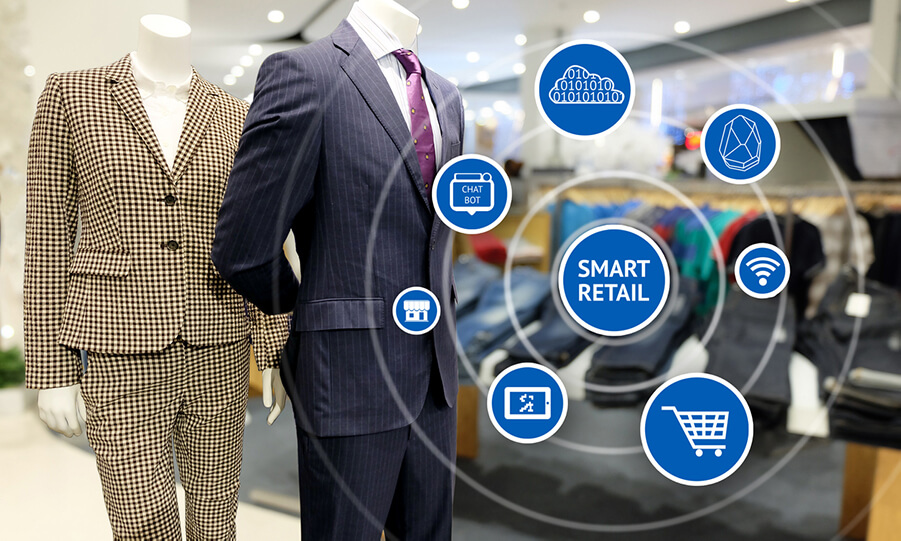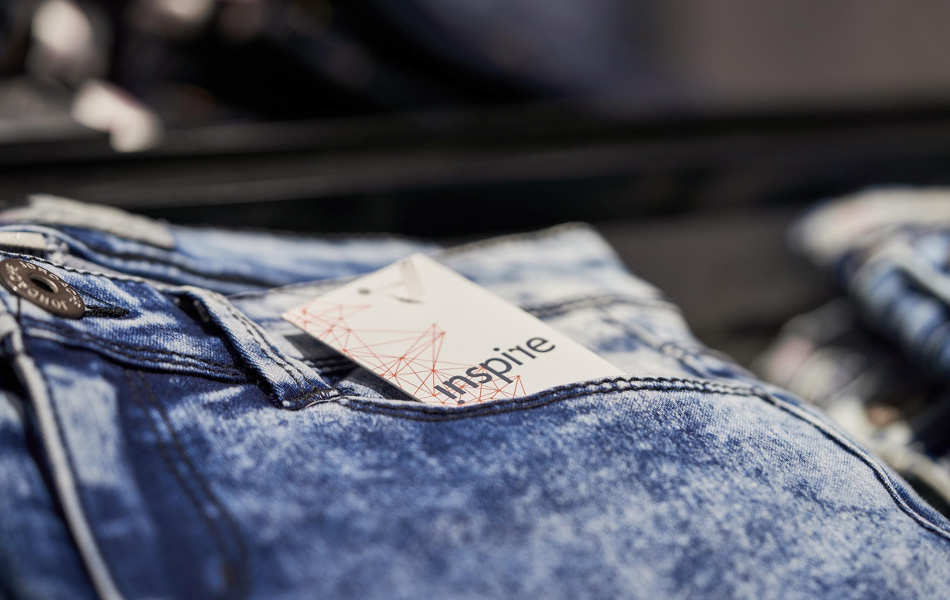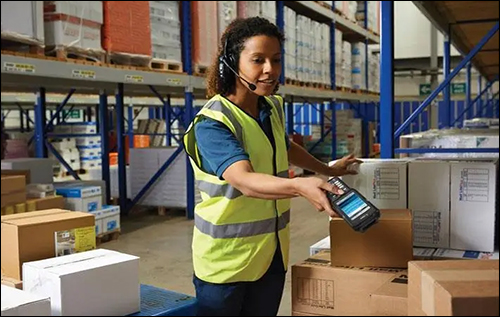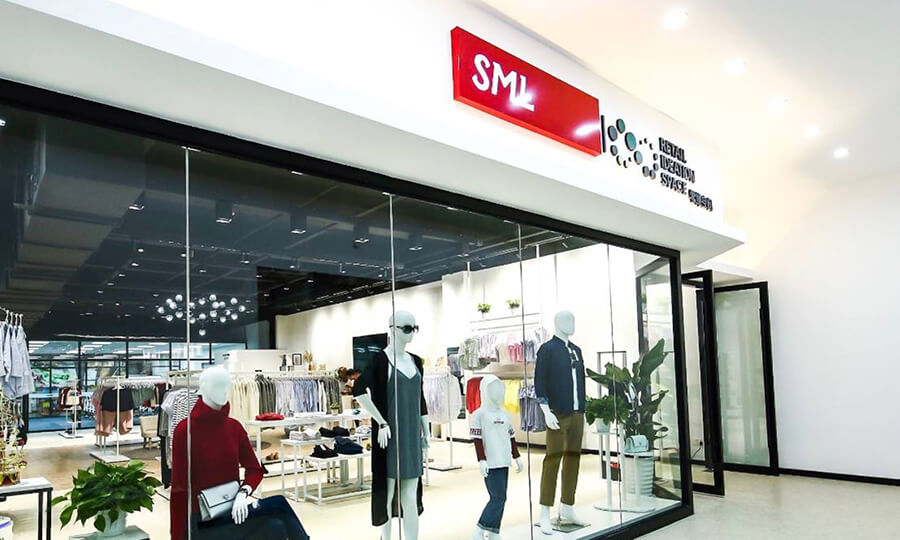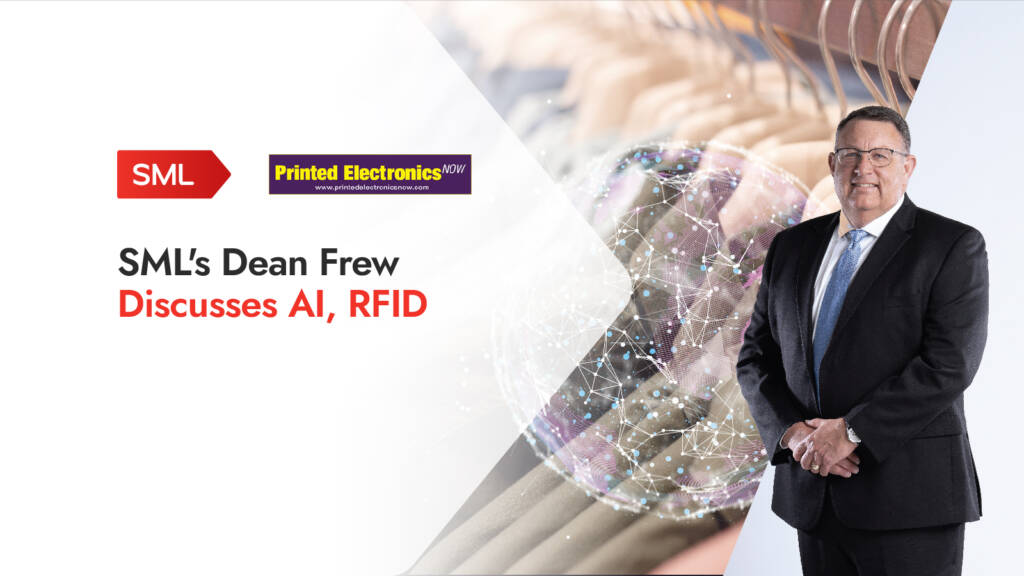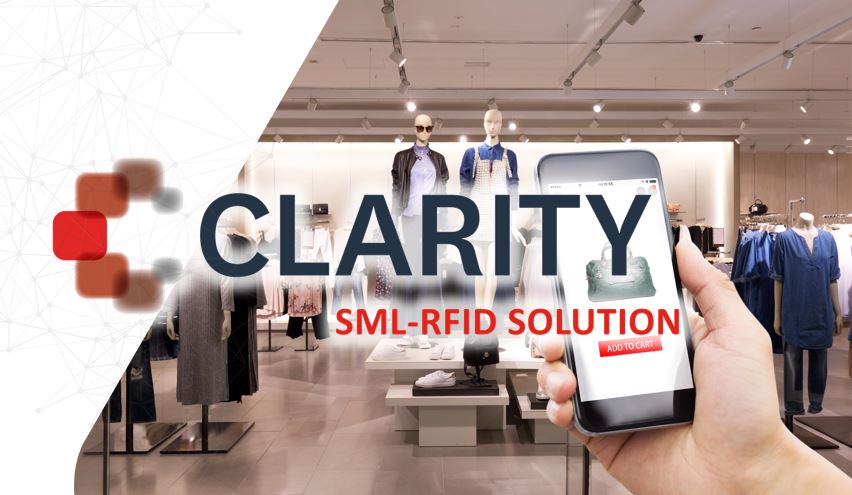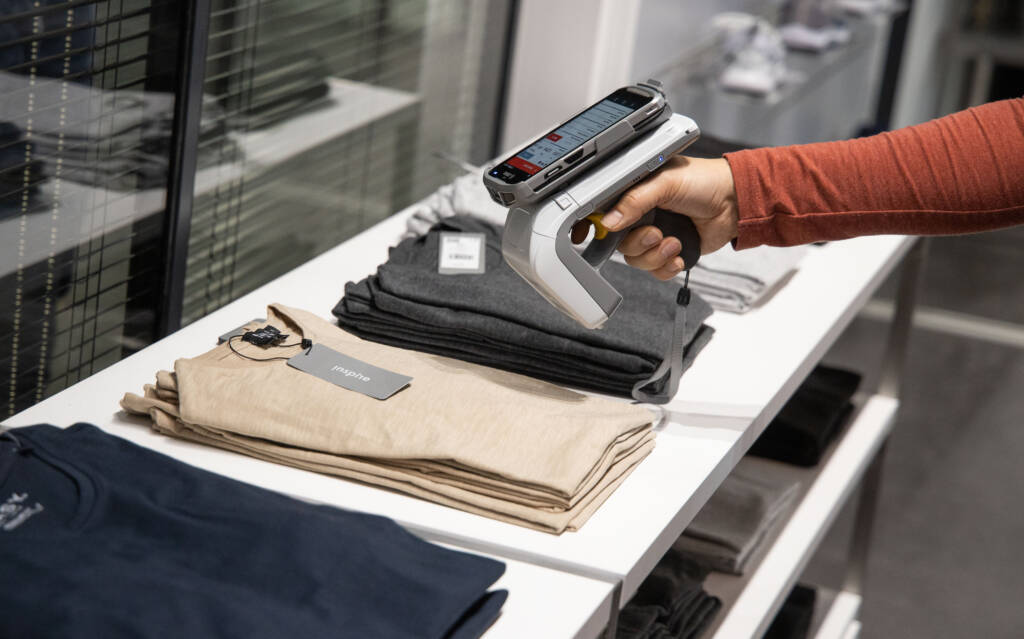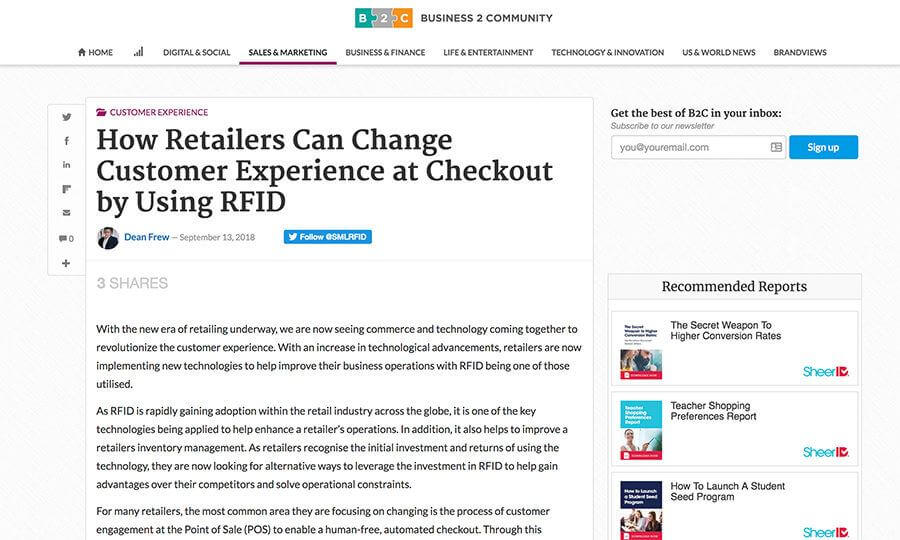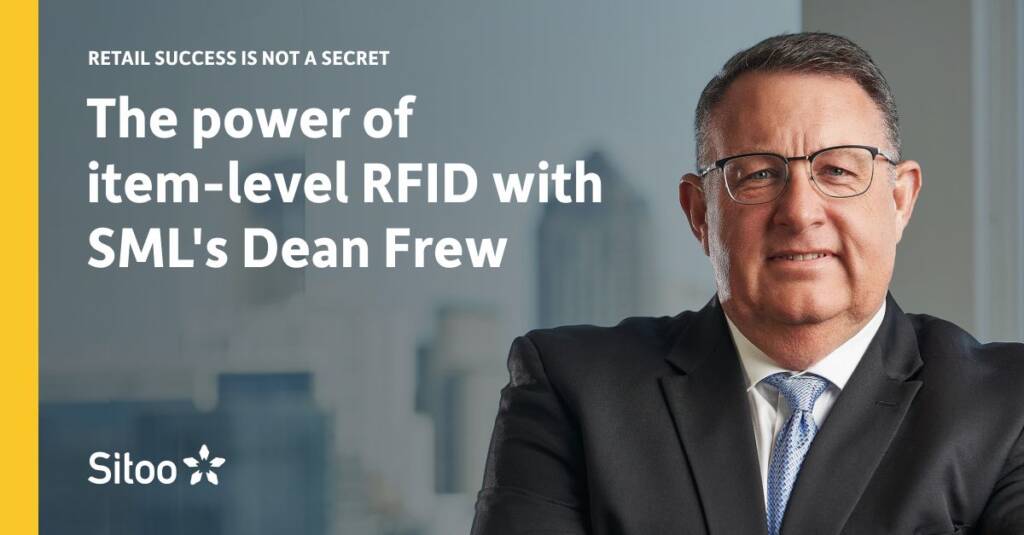Retailers Locate Goods Storewide with New Fixed RFID Reader Original Post from RFID Journal
The TrackMaster reader solution from PervasID leverages a location engine that identifies not just tag IDs and their direction but in what zone each tag is to eliminate the need for handheld readers.
Original Post from RFID Journal
Oct 27, 2023 Multiple retailers have reportedly deployed a new overhead, near real-time location system for UHF RFID tags to identify goods within localized zones in their stores. The companies have eliminated the need for handheld readers to identify and locate their inventory, according to the technology’s provider PervasID.
The solution, known as TrackMaster, was built to be a lower-cost alternative to existing overhead, near-real-time detection systems for passive UHF RFID, but also provides location capability. Says PervasID’s founder and President, Sabesan Sithamparanathan, identifying the location of tagged items within zones, with nearly 100 percent tag read accuracy, can reduce the time for retailers’ ROI to less than 12 months. This is based on increased sales, reduced shrinkage, lower labor costs, and improved in-store fulfillment. Handheld readers, the company says, are no longer needed.
TrackMaster is being sold exclusively by PervasID’s partner SML.
PervasID already offers a family of UHF RFID Ranger products consisting of overhead readers and antenna arrays to identify tags within about 120 square meters or 1,300 square feet. (See PervasID Releases New Reader With 75 Percent Fewer Antennas and PervasID, SML Team Up for Real-Time RFID Retail Solution, rfidjournal.com). The readers are used in stores, hospitals, and trucks (see RFID Hits the Road with On-board Truck Solution, rfidjournal.com). However, these predecessor systems do not identify the location of the tags being read, but rather, just the direction in which they transmit.
In contrast, the TrackMaster system uses the same SpaceRanger RFID readers but also leverages onboard algorithms to detect a tag’s location as it responds to interrogation. This offers an entirely new alternative for retailers or other RFID technology users, says Sithamparanathan. The TrackMaster provides the data needed for users to know – within a predefined, localized zone – where a tagged item is, whether on a sales floor, storage room, or other area. By capturing the zonal data, retailers have been finding that they no longer require their handheld readers.
Sithamparanathan founded PervasID based on his PhD work at the University of Cambridge. Its Ranger products offer a 99-plus percent tag detection rate in a wide area or room. A single reader can capture about 100,000 tags.
Like other Ranger reader systems, TrackMaster can read tags within a vast area, such as a sales floor or storage room, even with densely packed tags. However, TrackMaster addresses a pain point for users by providing enough location information so that they can know where goods are without sending staff around the store with handhelds.
How it Works
The system is deployed by third-party software solution companies that offer their software and PervasID’s API to capture the data. First, PervasID assists the solution providers in creating the localized zonal map for a retailer or other technology user, says Sithamparanathan. “We work with the customer and assist them with localized zones and mapping with our readers and antennas.”
Once the zones have been mapped out, the Power over Ethernet (PoE) based readers and antennas can be installed in the retailer’s ceilings. The software partner integrates the zone map into a software platform and app.
As tags are read in a store, the location engine onboard the reader determines in which zone each tag is located based on a set of algorithms. If a tagged item is moved, the system software and related apps will update that location information.
Users can leverage the data for inventory counts and replenishment alerts. While many retailers send staff members through a store with a handheld reader every week to count inventory levels, that process comes with the cost of labor, as well as being less timely than real-time tag reads. So, instead, users of the TrackMaster system can view where all goods are in the store’s front or back room. They can use the data to receive refurbishment alerts if a specific SKU, such as size medium, red, or turtleneck sweaters, has reached a pre-set minimum level and needs reordered. It can also alert users if goods have been shelved in the wrong location.
Additionally, retailers are using the system to serve online shoppers better. If a customer purchases an item to be picked up at a store or shipped from that store, sales associates can receive a notice with a map display of where the items are located. Instead of using a handheld to identify the purchased items, associates would use that display to find what they need.
Although the technology is not intended for electronic article surveillance, it can provide the zone where a product was last detected to help store management understand when and where goods are missing.
Technology users can create many very small or wider area zones, says Sithamparanathan. “It depends on the size of zone you need and the trade-off in cost,” since more zones would require more readers.
On average, however, says Sithamparanathan, one reader can manage multiple localized zones, although the installation requirements vary. He says that the system has been tested against competitor overhead UHF RFID readers, and the company found that it offered greater accuracy and a larger coverage area, meaning that the installation costs, including installation, are lower for a TrackMaster system. “Competing products require multiple readers to cover the same area,” he says. On average, he adds, for 20 zones, in a store sized 1,000 square meters (10,750 square feet), TrackMaster users would need less than 10 readers.
Deployments in Healthcare, Warehouses, and Manufacturing
While the first companies to deploy the Track Master system are retailers, Sithamparanathan says the company is also in conversation with customers in other business sectors.
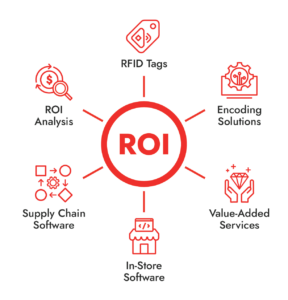
There are healthcare companies already using the Ranger technology from PervasID who are engaging with the company to plan the deployment of the TrackMaster system to locate medical assets and laundry items. By tracking the zone in which these items move, a hospital could, for example, view when each item is used by a patient, waiting for cleaning or maintenance, or available for re-use.
The solution could also be used in manufacturing to gain work-in-progress (WiP) or supply chain data about the status of materials or components and finished products. In warehouses, the system could identify where products are stored or where they can be found to be picked up and shipped.
In the meantime, the global retailers deploying the solution have indicated that they no longer use handheld readers, Sithamparanathan says. They have asked to be unnamed.
“One of the important things for all these retailers is a seamless click and collect for online shoppers,” says Sithamparananthan. He adds that the technology is helping retailers prevent mark-downs of products. That’s because they can use the inventory data to ensure products can be located and sold before they need to be sold at a discount to make way for the next season’s merchandise.
PervasID continues to offer its other Ranger products, including the Portal and Flow Rangers, to read tags as they pass through portals, such as dock doors at warehouses or stores. The company’s Security Ranger reader is designed for wide aisle reading, covering up to an 8-meter-wide entrance with a single reader, using three overhead antennas so that items can be detected as they move through the doorway.
Key Takeaways:
- TrackMaster was designed to provide near-real-time, zone-based location data as a lower-cost, more accurate alternative to existing UHF overhead location systems.
- Retailers who have deployed the technology report that they no longer need handheld readers to locate goods or conduct inventory audits.
Contact SML’s RFID experts today to start reaping rapid ROIs from RFID technology.


